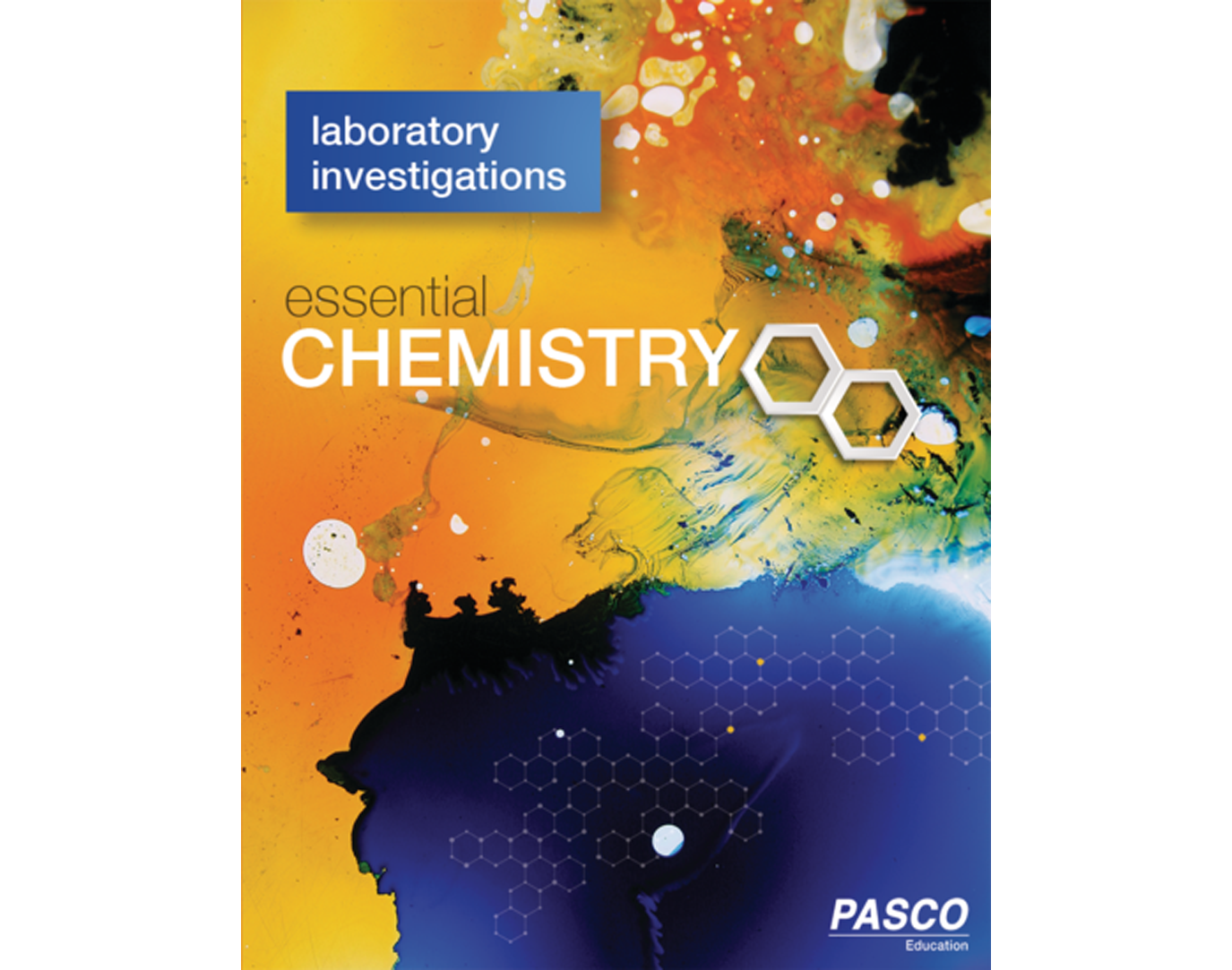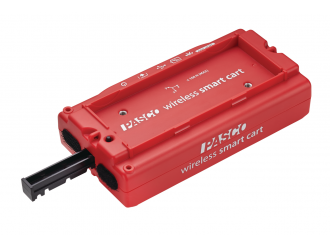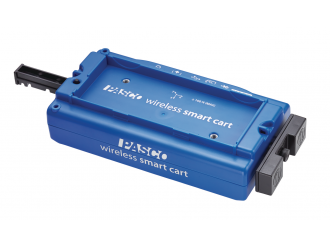Description
The Essential Chemistry Laboratory Investigations Teacher Resources include all of the teacher resources for the 73 lab activities found in the printed Essential Chemistry Laboratory Investigations Student Manual (the printed student lab manual is sold separately). These teacher resources are only available electronically and include the following:
- Editable Word and printable PDF version of each student lab
- Presentations of each lab in PPTX and PDF format for displaying during the lab
- Teacher Answer Keys in editable Word and printable PDF formats
- Links to videos that help guide you through the activities
- Sample data in SPARKlab format
- Lab preparation directions and tips
∗ Additional Chemical Equation Builder and Molecule Simulations available with full curriculum purchase.
Video Support
How-to videos for lab activities are included with the teacher resources. These videos focus on setting up the labs and getting the most from your PASCO sensors and equipment.
This manual was designed to be used either in conjunction with the Essential Chemistry curriculum or as a supplemental lab manual. Teacher Resources must be purchased separately when using the lab manual without the Essential Chemistry textbook.
Experiments
There are 73 labs and activities covering a full year of chemistry topics. 47 of the labs use the sensors and/or equipment from the Essential Chemistry Standard Equipment Kit. The remaining labs can be performed using typical equipment found in your chemistry lab.
| Lab | Title | Standard Bundle | No Sensors Needed |
|---|---|---|---|
| 1A | Experimental Variables | • | |
| 1B | Investigating the Temperature Scale | • | |
| 2A | Density of a Solid | • | |
| 2B | Density of a Liquid | • | |
| 3A | Chemical Formula | • | |
| 3B | Pure Substances and Mixtures | • | |
| 3C | Physical or Chemical Change | • | |
| 4A | Temperature and Thermal Energy | • | |
| 4B | Specific Heat | • | |
| 4C | Energy from Food | • | |
| 4D | Heat of Fusion | • | |
| 4E | Project: Design an Insulator | • | |
| 4F | Research Presentation: Insulators in the Home | • | |
| 5A | Patterns and Trends | • | |
| 5B | Naming Ionic Compounds | • | |
| 5C | Store Labels and Models | • | |
| 6A | Counting by Weighing | • | |
| 6B | Molar Mass | • | |
| 6C | Percent Composition of a Hydrate | • | |
| 6D | Empirical Formula of Magnesium Oxide | • | |
| 7A | Balancing Chemical Equations | • | |
| 7B | Chemical Reactions | • | |
| 7C | Solubility Rules | • | |
| 8A | Conservation of Mass | • | |
| 8B | Percent Yield | • | |
| 8C | Modeling Limiting Reactants | • | |
| 8D | Determining Limiting Reactants | • | |
| 8E | Project: Design an Airbag | • | |
| 8F | Research Enhancement: Airbags and Consumers | • | |
| 9A | Isotopic Composition | • | |
| 9B | What is a Wave? | • | |
| 9C | Light Energy | • | |
| 9D | Flame Tests | • | |
| 10A | Types of Bonding | • | |
| 10B | Lewis Structures and VSEPR | • | |
| 10C | Surface Tension | • | |
| 11A | Evaporative Cooling | • | |
| 11B | State Changes | • | |
| 11C | Hess’s Law | • | |
| 12A | Volume of a Gas | • | |
| 12B | Boyle’s Law | • | |
| 12C | Charles’ Law | • | |
| 13A | Electrolytes | • | |
| 13B | Solution Concentration | • | |
| 13C | Colored Solutions | • | |
| 13D | Project: Design a Purification Process | • | |
| 13E | Writing and Discussion Enhancement: Water Purification | • | |
| 13A | Optimum Conditions | • | |
| 14B | Catalysts | • | |
| 15A | Reaction Equilibrium | • | |
| 15B | Le Châtelier’s Principle | • | |
| 16A | What is pH? | • | |
| 16B | Titration of an Unknown Acid | • | |
| 16C | Antacids: An Inquiry Study | • | |
| 17A | Vitamin C Titration | • | |
| 18A | Electrochemical Cells | • | |
| 18B | Electroplating | • | |
| 18C | Lemon Battery | • | |
| 18D | Project: Design a Galvanic Cell | • | |
| 18E | Writing and Discussion Enhancement: Galvanic Cell | • | |
| 19A | Half-Lives | • | |
| 20A | Bonding and Organic Chemistry | • | |
| 20B | Distilling Aromatic Compounds | • | |
| 20C | Fragrant Esters | • | |
| 21A | Polymers | • | |
| 21B | Amino Acids | • | |
| 22A | Chlorophyll Extraction | • | |
| 22B | Respiration and Energy | • | |
| 23B | Greenhouse Gases | • | |
| 23B | The Water Cycle | • | |
| 23C | Ocean Currents | • | |
| 23D | Ocean Acidification | • | |
| 24A | Spectroscopy | • |



